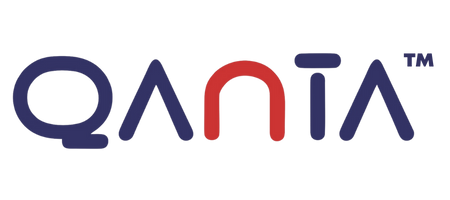In the world of healthcare, few tools have been important as resolutely as the stethoscope. Stethoscopes are essential diagnostic tools and have been in use for decades to aid in the physical examination and assessment of patients. Because of their simple design and shape, they have been a great companion to medical professionals for generations.
Stethoscope comprises of a chest piece, mostly with two sides – one for low-frequency sounds like heartbeats, and another for higher-frequency sounds like lung murmurs. The chest piece is connected to tubes that transmit sound from the patient’s body to the doctor’s ears.
Leading with Technology
As technology continues with the advancements, stethoscopes are also leading to many innovations. Digital stethoscopes emerged, enhancing sound amplification and even enabling visualization of sound waves on screens. Moreover, these stethoscopes record body sounds for more accurate analysis. While these technology advancements are exciting, they do not diminish the timeless significance of the traditional stethoscope in fostering the physician-patient bond.
Stethoscope’s Versatility
- Stethoscopes are vital for conducting physical examinations.
- They provide a non-invasive way to gather information about a patient’s health because they do not require any needles or incisions.
- It helps healthcare professionals to detect early signs of certain medical conditions.
- Used to monitor patients throughout the course of treatment.
- Stethoscopes are relatively inexpensive in comparison to many other medical instruments equipment. This makes them accessible to all healthcare professionals and facilities.
- Stethoscopes are particularly valuable in rural and remote areas where there is limited access to advanced medical equipment.
- Stethoscopes are useful in situations where direct physical contact might be culturally sensitive.
Who can use a Stethoscope?
Stethoscopes are primarily used by medical professionals in various fields to listen to internal sounds within the body. Some of the individuals who commonly use stethoscopes include:
- Physicians and Doctors
- Nurses
- Cardiologists
- Pulmonologists
- Pediatricians
- Anesthesiologists
- Emergency Medical Technicians (EMTs) and Paramedics
- Medical Students
- Veterinarians
- Research Scientists
While these are some of the primary users of stethoscopes but it can be employed by various healthcare professionals across different specialties to gain critical insights into the health of their patients.
What does a Stethoscope do?
Usage of Stethoscope for the following purposes by medical professionals:
- Firstly to perform routine physical examinations, diagnose various medical conditions and monitor patients’ health.
- Listen to heart and lung sounds, and monitor changes in a patient’s condition.
- Additionally to detect heart murmurs, irregular heartbeats, and other cardiac abnormalities.
- Further to assess lung sounds, detect wheezing, crackling, and other lung-related issues.
- To listen to animals’ heartbeats, lung sounds, and other internal noises to diagnose their health.
- To study specific medical conditions and gather data for studies related to heart and lung health.
Overall, stethoscopes play a foundational role in medical practice, aiding in diagnosis, treatment, and patient care across a wide range of healthcare settings.

